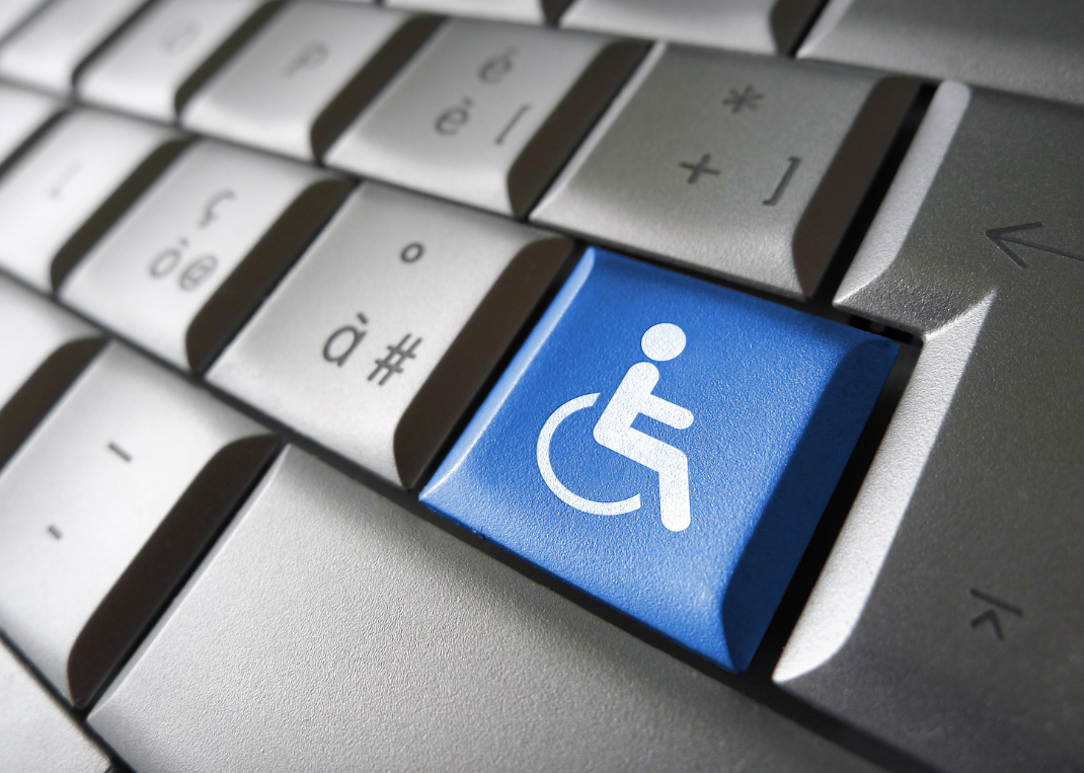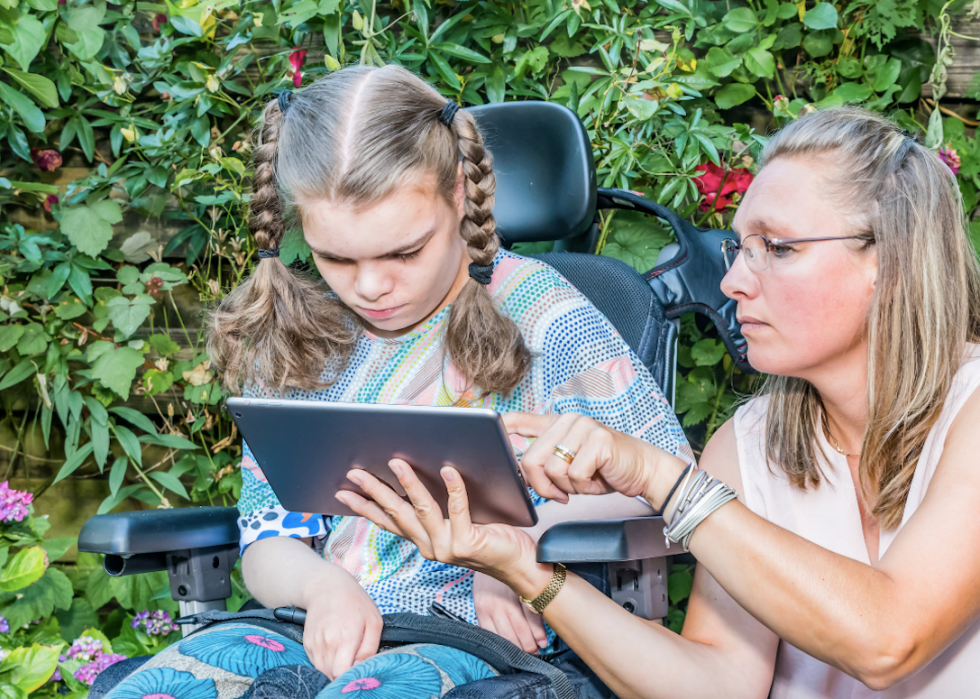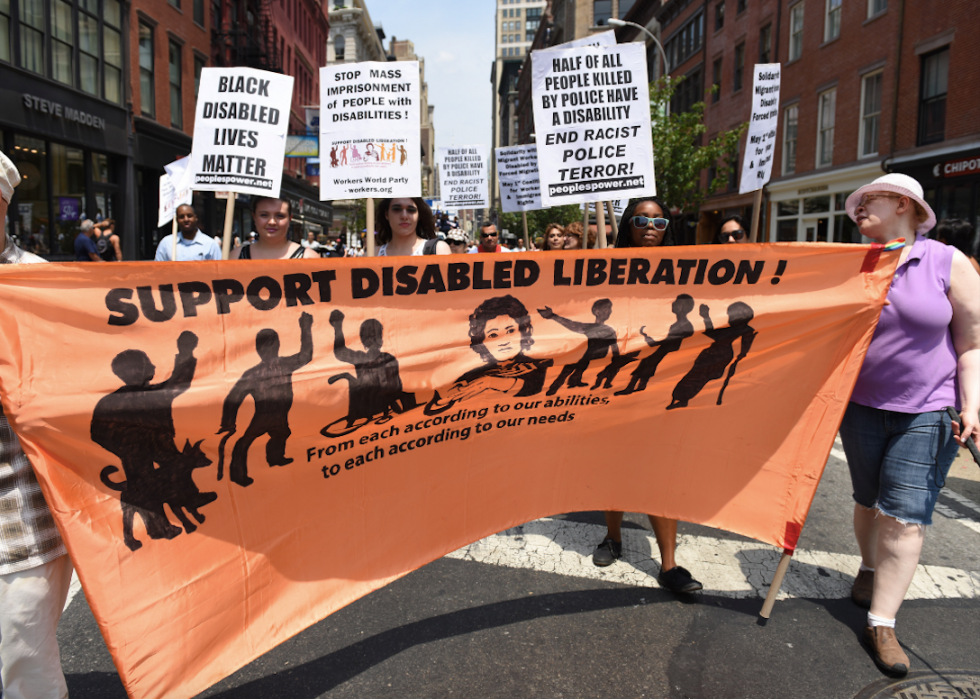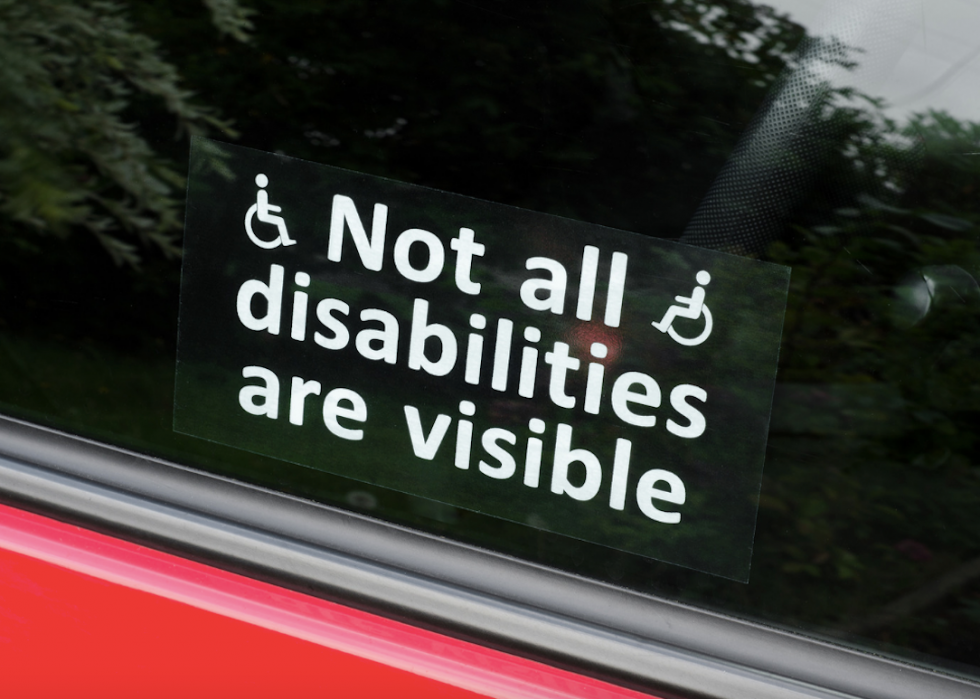
Impact of accessible content by the numbers
In 1990 George H.W. Bush signed the Americans with Disabilities Act into law. The ADA prohibits discrimination against those with disabilities to help ensure they have the same opportunities as everyone else to participate in mainstream life. It is, essentially, an “equal opportunity” law for those with disabilities.
Almost exactly a year later, the World Wide Web became publicly available. Today, the internet is a staple. It's officially become a part of our everyday lives, and something many feel they couldn't live without. But the reality is that many do live without it: The web isn't accessible to millions of Americans with disabilities.
At its core, the web is designed to work for all people—language, location, and ability shouldn't be barriers to communication, interaction, and access the way they can sometimes be in the real world. Pew reports that 77% of Americans go online every day and 26% of adults report going online “constantly.” That number goes up for young adults; about 39% of people ages 18 to 29 go online almost constantly. The internet is meant to connect people and places that otherwise wouldn't be able to connect with one another, and it seems likely its use will only increase as technology keeps expanding.
It's also proved to be a place to build communities that might not otherwise exist. Disabled people have long turned to the internet to connect with others who share their experiences, but creating these online spaces isn't always easy for the disabled community. Poorly designed and coded websites, applications, and technologies can prevent those with disabilities from being able to use them. In short, they can be discriminatory, whether intentionally or not. Web accessibility then means making sure that people of all abilities and in all circumstances have fair and equal access to the internet.
Stacker has rounded up a deeper look at the impact of accessible content by the numbers. Using data from authoritative news sources and industry reports on web accessibility, we've highlighted why events like Global Accessibility Awareness Day are still so important.
You may also like: Web accessibility myths busted

61 million adults live with a disability
According to a 2016 survey conducted by the Center for Diseases Control and Prevention, 61 million adults in America are living with some type of disability. That means that 1 in every 4 adults struggles with challenges related to hearing, vision, cognition, mobility, self-care, and independent living. Many of these disabilities can make the web, and things like mobile apps, inaccessible.

8.1 million people are visually impaired
According to the Census Bureau's American's with Disabilities: 2010 report, 8.1 million Americans have difficulty seeing. Of those, 2 million are blind or otherwise unable to see. Visually impaired people often make use of high-contrast screens, screen magnifiers, and screen readers in order to navigate the internet more effectively. Some websites don't have descriptions for pictures and other visuals that a screen reader can read. Others are set up so that screen readers are forced to read through huge amount of irrelevant data before users can actually find what they want.

7.6 million people have difficulty hearing
Hearing loss is also an incredibly common disability; of the 7.6 million people who experience hearing loss, 5.6 million use a hearing aid and 1.1 have difficulties classified as severe. Captions and transcripts are vital so people with hearing impairment can fully access video and audio media across the internet.

10.6 million adults have a condition limiting mental or cognitive function
Much of the current work around accessibility has been done to make the internet more usable for those with visual and hearing impairments, but the 10.6 million adults who struggle with cognitive disabilities also struggle online. This includes around 2.4 million Americans with dementia, Alzheimer's, or senility. Accessibility experts suggest shorter interactive processes (like making an Amazon purchase), clearly structured documents, and clear writing as some fixes for websites for those with limited cognitive functioning.

19.9 million people have difficulty lifting or grasping
Physical disabilities can keep people from navigating the web. The 19.9 million people who have difficulty lifting or grasping struggle with using a mouse to surf the web. W3C Web Accessibility Initiative suggests that timed online forms are another way those with impaired motor skills are put at a disadvantage online, as they need more time than they're given to accurately complete their responses.

The 2030 demographic milestone
The Census Bureau projects that by 2030 older people will outnumber children for the first time in history. As the youngest members of the baby boomer generation hit 65, 1 in every 5 residents will be of retirement age. A different Census survey found that older people are also more likely to have disability—the probability that a person 64 to 69 will have a severe disability is 1 in 4, compared to 1 in 20 for younger demographics.

50% of disabled Americans use the internet
Disabled Americans use the internet at significantly lower rates than the rest of the population. A Pew survey (conducted in Fall 2016) found that only 50% of disabled people reported using technology on a daily basis, compared to 79% of those who have no disability. It's tricky to determine what that number truly means because across the board, older adults use technology less regardless of whether they have a disability, and most disabled Americans are older. However, the discrepancy holds even for younger age groups; Pew found that only 67% of disabled Americans 18 to 64 own a computer.

48.7% of people browse via desktop
In 2016, web analytics firm StatCounter reported that mobile browsing had overtaken desktop for the first time in history, with slightly over half of all web traffic coming from smartphones or tablets. This might not seem like an accessibility issue, but disability advocates point out that many of the engines people use to create mobile apps don't include any accessibility features. If the future of browsing is mobile, then adding accessibility features to these app-creation engines to make the internet accessible to people with disabilities.

$34.4 billion market for reading and vision aids
Market research has found that by 2020, the market for software to help the visually impaired will grow to $34.4 billion, just one sector in a larger potential market for accessibility. However, these technologies can be expensive; the Census Bureau has found that disabled Americans make a smaller median salary each month than those with no disability. This can make it harder for disabled communities to buy the technology they need.

2,258 lawsuits filed in 2018
The Bureau of Internet Accessibility, reported that in 2018 there were 2,258 web accessibility lawsuits filed, tied to rights outlined in the Americans with Disabilities Act. The majority of these lawsuits claimed that websites and apps were not accessible to those who are blind, visually impaired, or who use assistive technology like website readers. It is predicted that if legislation is not changed, the number of lawsuits surrounding accessibility could triple in 2019.



